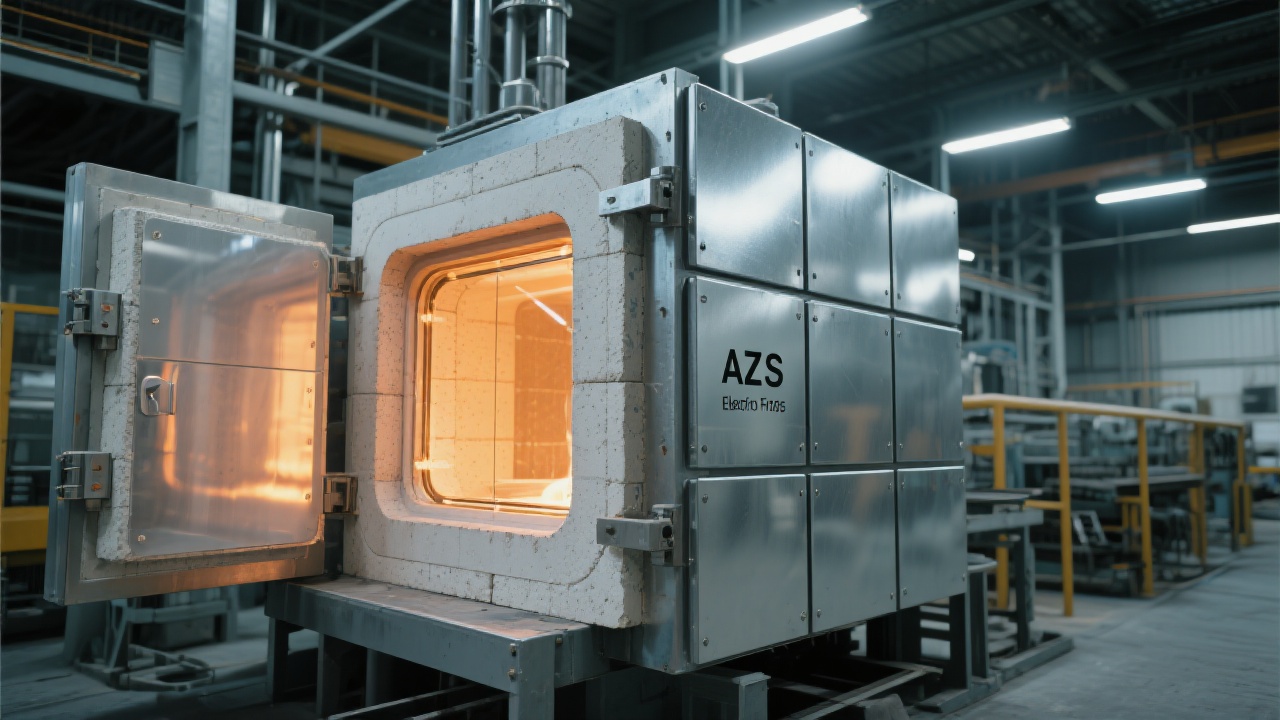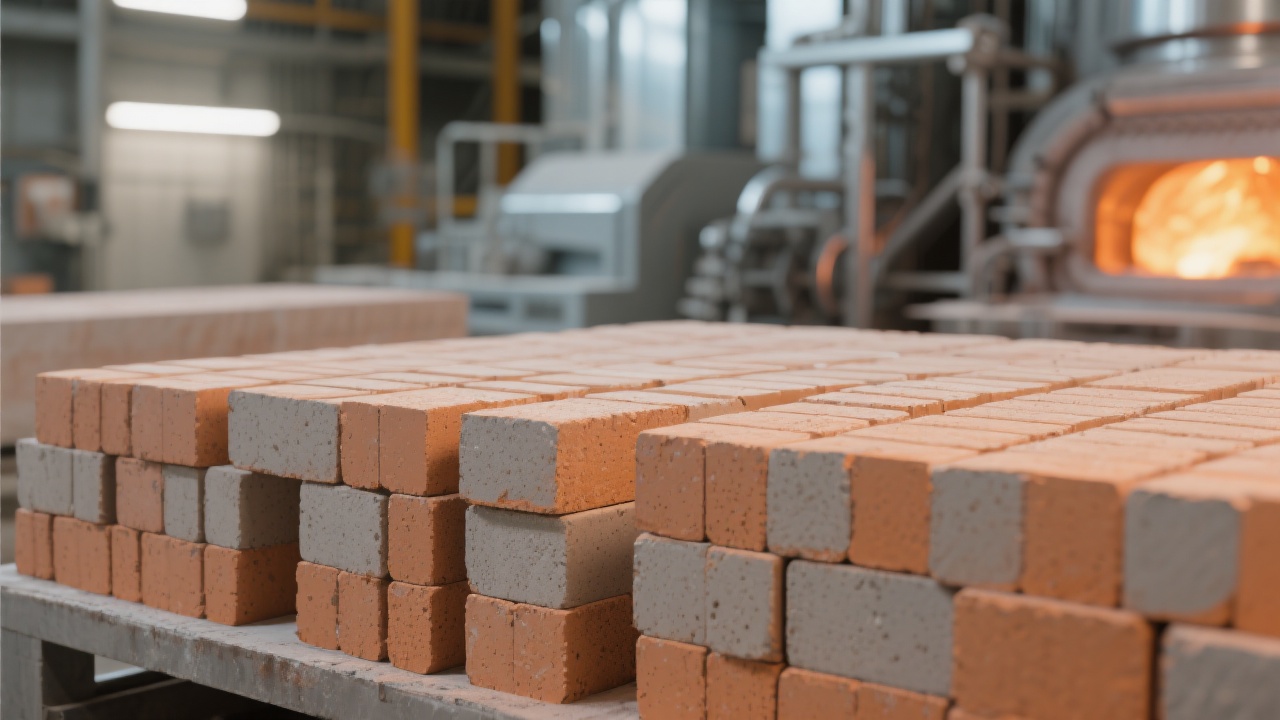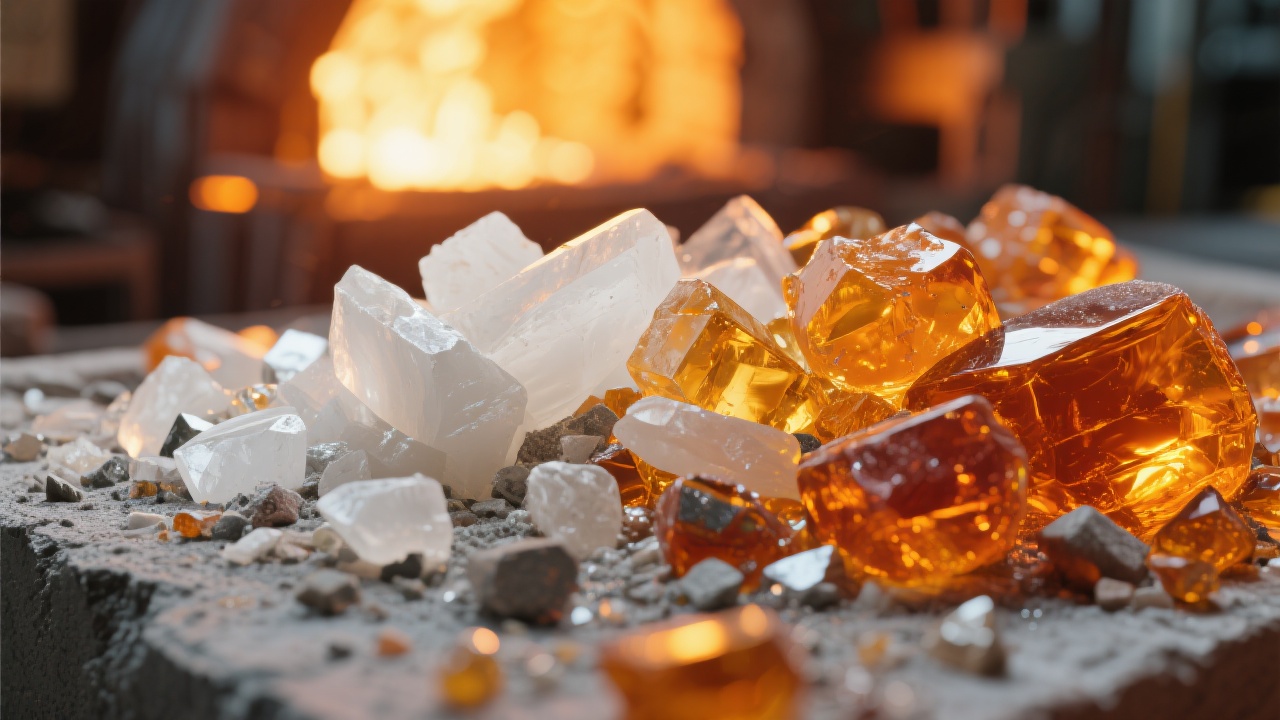
In the chemical industry, high - temperature environments pose significant challenges to refractory materials. Equipment damage and rising costs are common issues faced by many chemical enterprises. For example, in a glass melting plant, the original refractory materials in the furnace were severely corroded after just 6 months of operation, leading to frequent shutdowns for maintenance. This not only increased maintenance costs but also reduced production efficiency by about 20%.

Corundum bricks are mainly composed of corundum crystals, which gives them excellent high - temperature resistance and chemical stability. They can be classified into sintered corundum bricks and fused corundum bricks. Sintered corundum bricks are made through high - temperature sintering, with high density and good thermal shock resistance. Fused corundum bricks, on the other hand, are produced by melting raw materials at extremely high temperatures, resulting in even better performance in high - temperature and corrosive environments.
Corundum bricks are suitable for various high - temperature and corrosive scenarios. In acid - based chemical reaction kettles, they can resist the corrosion of strong acids and alkalis. In heavy - load high - temperature furnaces, they can maintain their shape and performance under high pressure and temperature.
Let's look at some real - world cases. In a refinery, the use of corundum bricks in the cracking furnace extended the service life of the furnace lining from 12 months to 18 months, a 50% increase. The maintenance cost was also reduced by 30% as there were fewer repairs and replacements. In a chemical reaction kettle factory, after replacing ordinary high - alumina bricks with corundum bricks, the corrosion rate decreased by 40%, and the energy consumption was reduced by about 15% due to better heat insulation performance.

When comparing corundum bricks with ordinary high - alumina bricks, the differences are obvious. In terms of chemical stability, corundum bricks can better resist the erosion of various chemical substances. For example, in a sulfuric acid environment, the weight loss rate of ordinary high - alumina bricks after 100 hours of immersion was 15%, while that of corundum bricks was only 5%. In terms of wear resistance, corundum bricks have a harder surface, which can withstand the scouring of high - speed airflow and particles. And in anti - erosion ability, corundum bricks are far superior, especially in high - temperature and high - pressure environments.
| Properties | Corundum Bricks | Ordinary High - alumina Bricks |
|---|---|---|
| Chemical Stability | Excellent | Good |
| Wear Resistance | High | Medium |
| Anti - erosion Ability | Superior | Average |
When choosing between corundum bricks and ordinary high - alumina bricks, enterprises need to consider their specific process parameters. If the production environment involves high - temperature, high - pressure, and strong - corrosive substances, corundum bricks are a better choice. For applications with relatively low requirements, ordinary high - alumina bricks may be sufficient. However, in the long run, choosing corundum bricks can bring multiple benefits such as lower downtime risks, longer furnace lining life, and reduced maintenance costs.

Are you facing similar high - temperature corrosion problems? If you want to know more about how corundum bricks can solve your refractory material challenges, click here to learn more.


